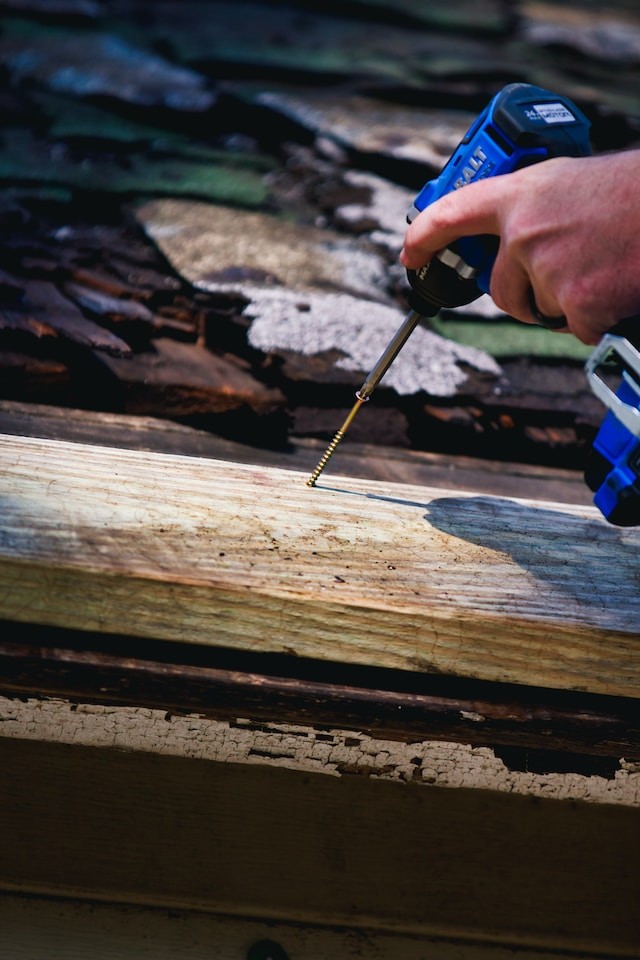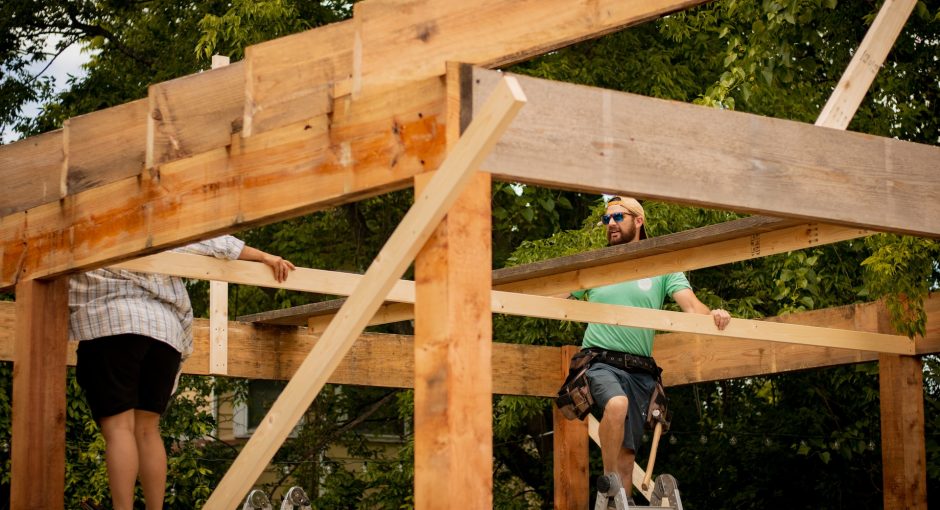Roofs are one of the most important components of any home. They keep the elements out while also providing a comfortable environment inside. For many homeowners, one of the most intimidating parts of roofing is figuring out how to properly tie in a new roof to an existing one. This article will provide step-by-step instructions on how to properly tie in a new roof to an existing one.
Step 1: Measure the Pitch of the Roof
The first step in tying in a new roof to an existing one is to measure the pitch of the roof.

This can be done by measuring the rise of the roof over a twelve-inch run. The pitch is the angle at which the roof rises up from the eave. It is important to get the pitch of the roof correct as this will determine the angle of the roofing materials.
Step 2: Cut the Shingles
Once the pitch of the roof has been determined, the next step is to cut the shingles. This can be done by using a circular saw or a utility knife. When cutting the shingles, it is important to make sure that the edges line up with the existing roof. This will ensure that the shingles are properly sealed and secure.
Step 3: Install the Starter Strip
The third step in tying in a new roof to an existing one is to install the starter strip. This is a strip of material that lines up with the bottom edge of the new roof and helps to secure the shingles. When installing the starter strip, it is important to make sure that the edges line up with the existing roof.
Step 4: Install the Shingles
Once the starter strip has been installed, the next step is to install the shingles. This can be done by nailing or stapling the shingles in place.

It is important to make sure that the shingles are aligned properly and that they overlap the starter strip. This will ensure that the shingles are properly sealed and secure.
Step 5: Install the Ridge Cap
The final step in tying in a new roof to an existing one is to install the ridge cap. This is a strip of material that lines up with the top edge of the new roof and helps to secure the shingles. When installing the ridge cap, it is important to make sure that the edges line up with the existing roof. This will ensure that the ridge cap is properly sealed and secure.
Tying in a new roof to an existing one is not a difficult task, but it does require careful attention to detail. By following these steps, homeowners can be sure that their new roof is properly tied in and secure. With a little bit of time and effort, homeowners can properly tie in a new roof to an existing one, ensuring that their home is safe and secure.

